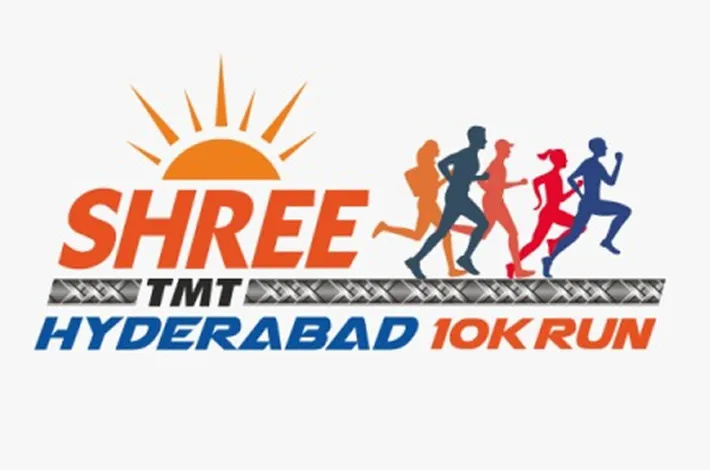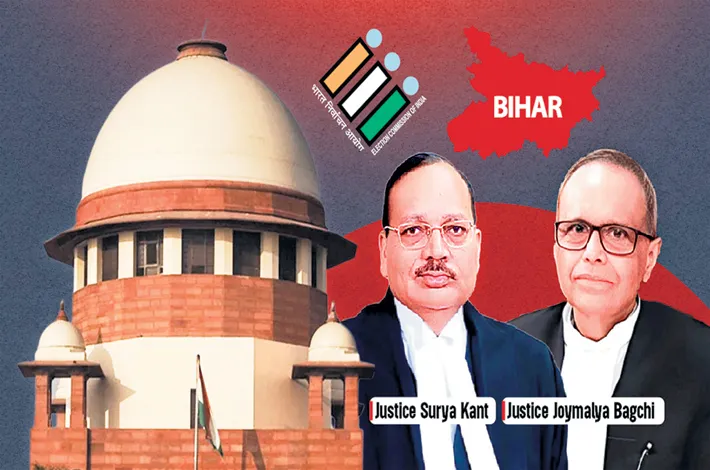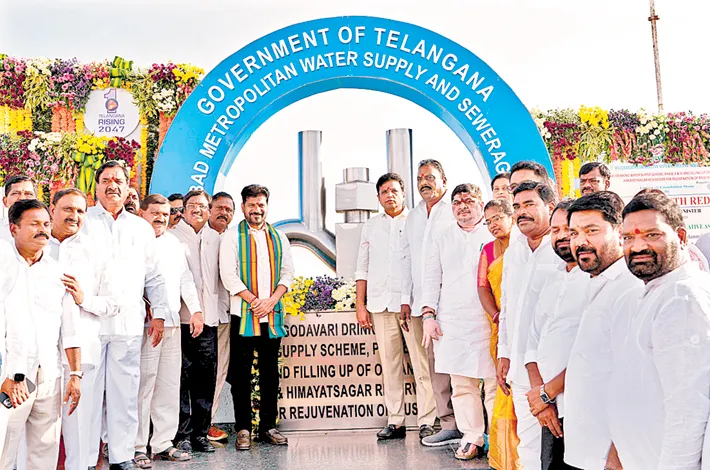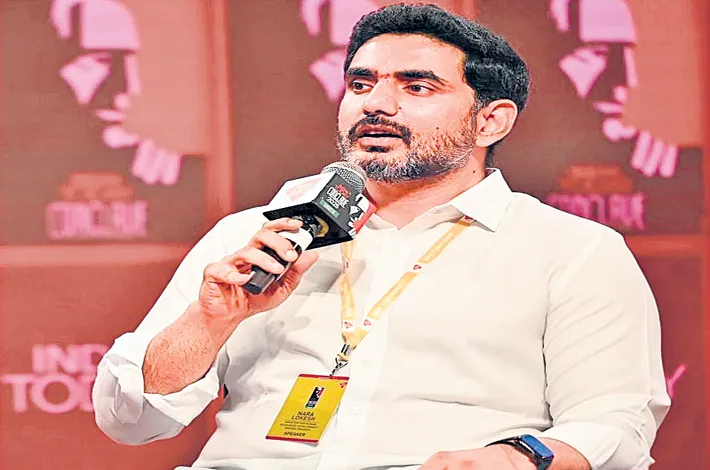How the Modi era impacted the average Indian citizen
14-06-2025 12:00:00 AM
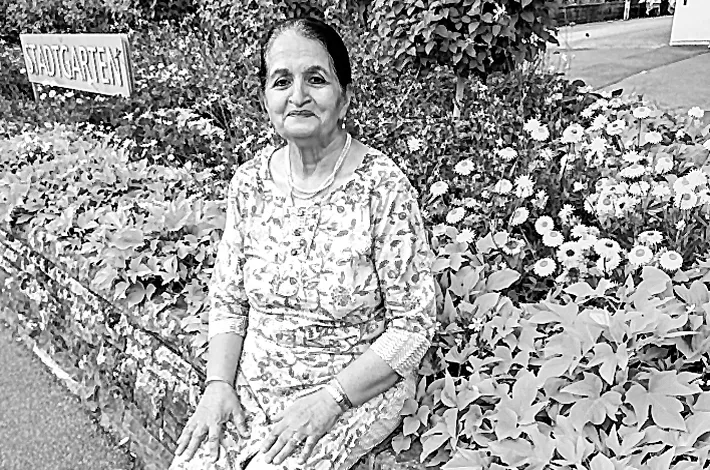
The World Inequality Lab report, 2024, shows that the share of the national income owned by the wealthiest 10% has grown to 60%
Modi has completed eleven years of his tenure as Prime Minister. Peans of praise are being offered by one group of our citizenry who are clapping their hands in unison to state how we are on the verge of becoming the fourth-largest economy and how Operation Sindhoor has left Pakistan with a bloody nose. On the other end of the spectrum are those who see few achievements in this long an inning. They believe communal hatred, self-promotion and deception have come to mark the leitmotif of Modi’s reign.
Rather than take a bird’s view of the dramatic transformation that has taken place in these eleven years, I thought it would be interesting to cull out from all this verbiage what this era has meant for the average citizen.
In March 2014, I was in Assi Ghat, Varanasi, and I still remember the sense of enthusiasm and optimism that had gripped this town, which genuinely believed that this “Ma Ganga ka Putra” would usher in “Achche Din” for this country. I was back in Varanasi five years later. In March 2019. Groups of chai-drinking young boys were still hanging around the chai shops, but their enthusiasm for Modi had diminished considerably. The question they were then asking was, “If there was a strong opposition leader, we would have voted for him, but there is nobody else.”
Five years later, in 2024, the mood had changed to a sense of foreboding and distrust. These youngsters would all look over their shoulders before they spoke. It was obvious that they felt if they spoke out freely, they could end up being arrested. The only time their faces showed some sparkle was when they discussed the comedian Shyam Rangeela, who they described as being `very brave’ for wanting to contest against Modi.
I am digressing. I had an open mind about Modi coming to power, although I had covered the 2002 riots in Gujarat for The Times of India. The first shocker I received was when I was sitting on the Rajdhani train on my way to Surat on the night of November 6, 2016, when someone in my compartment mentioned that Modi had announced demonetisation and that Rs 500 and Rs 1000 would cease to be legal tenders.
I was carrying precisely two Rs 500 notes and had planned to draw out money the following morning from an ATM. That was not to be. No scooter rickshaw driver was willing to accept my “good” money, and the ATMs I went to were all empty. The next three days were a horror story. I knew nobody in that town. Finally, a good Samaritan came to my rescue, and I remember returning to Delhi, wondering which government could have implemented such an ill-thought-out scheme without giving any prior notice to its people.
It’s been a roller coaster ride with my wallet being slowly but surely emptied out ever since. Prices of food, LPG, petrol and diesel have shot up. What is surprising is that prices of petrol and diesel went up at a time when the price of crude oil touched $30 a barrel. It had touched $140 a barrel during Manmohan Singh’s tenure in 2011, but even so, the price of petrol had steadied at Rs 71.81 a litre in Delhi, while diesel was Rs 56.71 a litre. Today, petrol is selling at Rs 94.77 per litre in the capital, while the diesel price is Rs 87.67 per litre. The price of an LPG cylinder is a seesaw, going up and down like a pendulum. One day it goes up, come election time, and lo and behold, it comes down. At present, it’s circling around Rs 900 per cylinder.
For a senior citizen, what has been killing is the surge in the price of medicines, many of which are costing three times as much as they did a decade ago. Apparently, drug makers had complained to the government that production would not be viable due to increased input costs forcing the government to raise prices. The cost of essential drugs, such as streptomycin powder, lithium and salbutamol, went up by as much as 50 per cent last October.
For Delhi’s growing elderly population, one of the easy ways to escape pollution in winter was to migrate from the capital between November and the end of January. I would escape to a small village in Maharashtra for these three months. That hope came to a quick end when I found that the government was no longer giving rail discounts to senior citizens. Travel costs have risen exponentially. Obviously, the objective seems to be to have us oldies sit at home all day and stare at a blank wall since even the cost of a television recharge has risen five times during this period.
Running a car is a necessity at my age. Car insurance costs have escalated, as have health insurance costs, which seem to rise on an annual basis. The four-tier GST structure being charged on all goods and services has not made life easier. The cost of food prices has quadrupled, and veggies have gone off the thalis of the poor and lower middle class. GST has made eating out unaffordable for even the better off.
India may have become a $4.4 trillion economy, but I wish I could feel part of this trickledown effect. In 2014, Modi had promised the making of what he had described as a neo-middle class, which was supposed to make the middle class larger. Ask me today, this class is shrinking. The wealthiest 10% are doing well, but the categories below are all struggling.
The World Inequality Lab, in a report published in 2024, shows that the share of the national income owned by the wealthiest 10% has grown to 60 per cent, whereas 50% of the poor urban dwellers consume, on average, less than Rs 5,000 per month, and the wealthiest 5% in the middle-class category survive on Rs 20,824.
What depresses me the most is how the cost of education has increased exponentially. Parents are paying in lakhs to get their kids through college, a far cry from the late nineties and mid-twenties when colleges charged a minimal amount. My son studied at St Stephen’s College for Rs 18 per month; my elder daughter at the Faculty of Fine Arts, where hostel, food and tuition fees, including the cost of paint and other material, worked out to Rs 1000 per month, while Rs 350 per month was the tuition fee for my younger daughter at the Indian Law Institute at Pune. Which middle class family can afford to pay tuition costs running into lakhs of rupees? The cost of food, medicine, travel, housing, education and all other essential requirements has gone up in these eleven years. Is that fair, Mr Modi?





